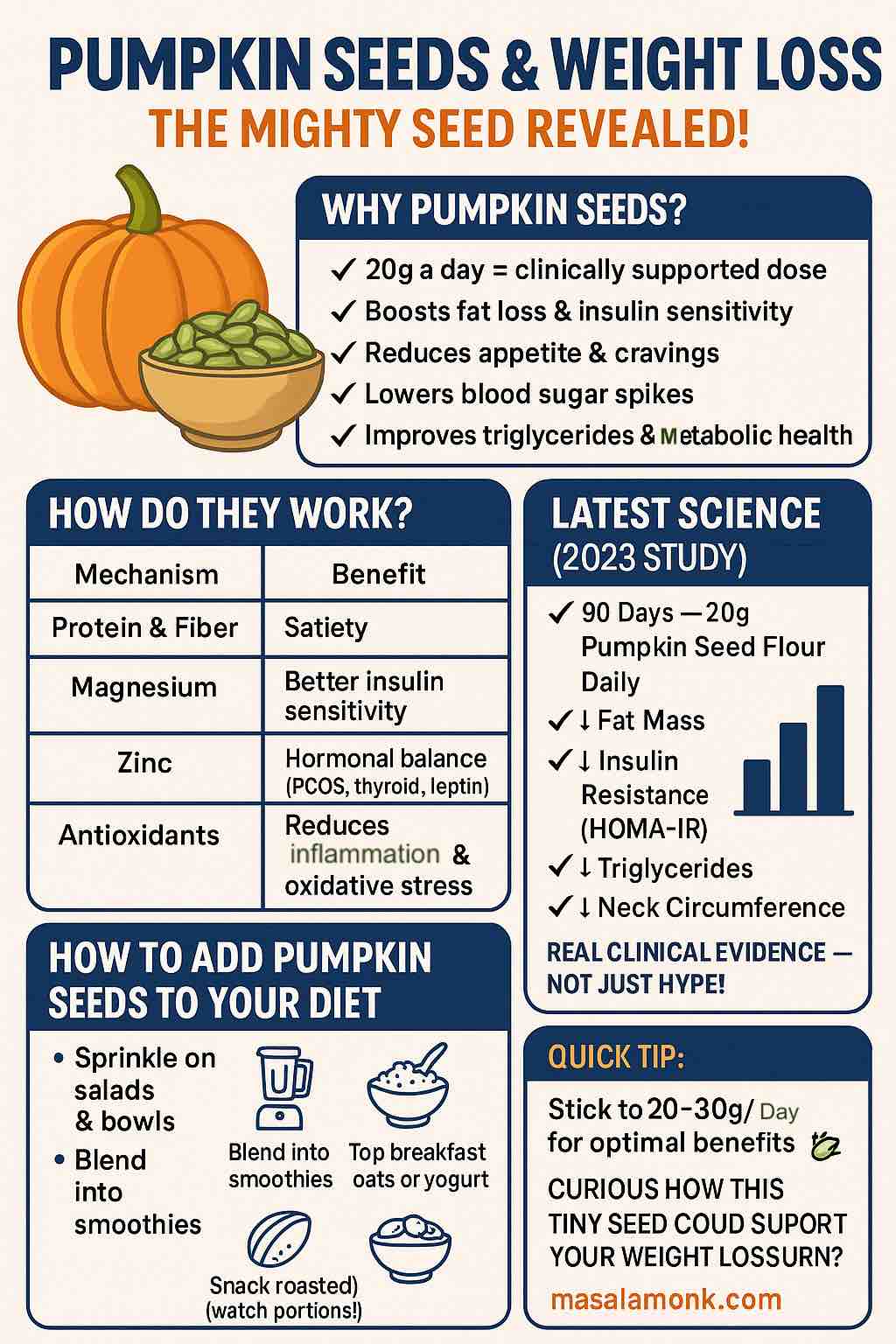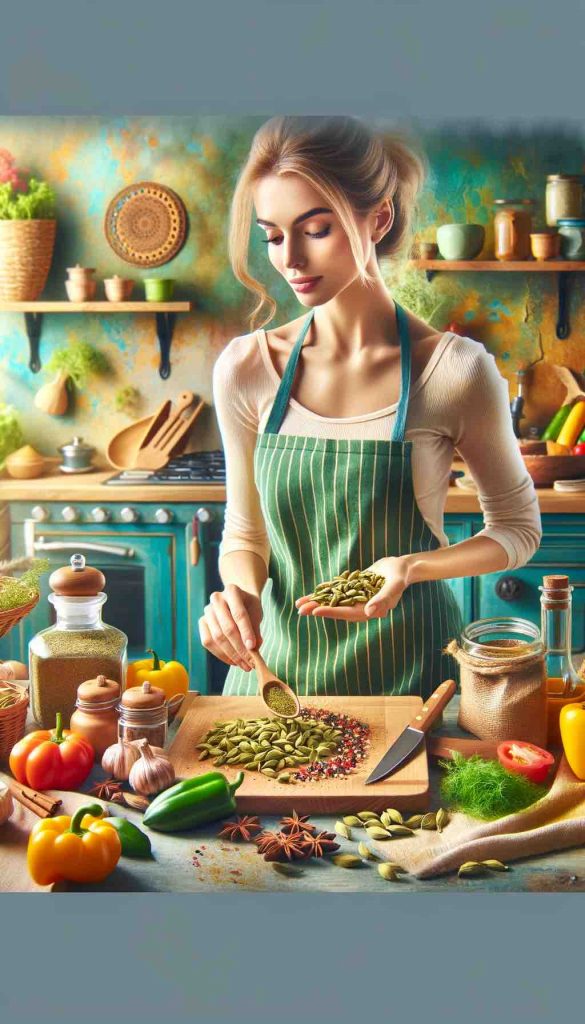
Feeling overwhelmed, wired, or just can’t switch off? If so, cortisol—the body’s “stress hormone”—could be at the heart of your struggles. In our modern, always-on world, chronically high cortisol is shockingly common and can quietly sabotage your mood, sleep, weight, and even immune health.
But there’s good news: You don’t need a prescription to reset your stress hormones. With simple daily habits, the latest science shows you can gently guide cortisol back to healthy levels—restoring energy, mental clarity, and real calm.
Let’s dive deep into what works, what doesn’t, and how to weave stress resilience into the fabric of your everyday life.
What Is Cortisol and Why Does It Matter?
Cortisol is a steroid hormone produced by your adrenal glands in response to stress—think of it as your body’s natural alarm system. In small, controlled bursts, cortisol wakes you up in the morning, helps your body respond to challenges, and even regulates inflammation.
But when life feels like an endless string of deadlines, notifications, and bad news? Cortisol gets stuck in overdrive. Over time, high cortisol is linked to:
- Poor sleep and “wired-tired” feeling
- Weight gain, especially around the belly
- Anxiety, brain fog, and mood swings
- Lowered immunity and more frequent illness
- Sugar cravings and energy crashes
The secret: You don’t need to eliminate stress—you need to balance it.
How to Naturally Lower Cortisol: What Really Works
1. Sleep: Your Body’s Ultimate Reset Button
Quality sleep is the fastest way to calm cortisol, but modern life often gets in the way. Here’s what the latest science (2025) recommends:
- Stick to a regular sleep-wake schedule. Go to bed and get up at the same time—even on weekends. This regulates your circadian rhythm, the “master clock” that controls cortisol release【Tom’s Guide】.
- Morning sunlight exposure: Open those curtains or step outside first thing. Morning light helps suppress excess nighttime cortisol and boosts daytime energy.
- Wind down with “legs-up-the-wall” pose (Viparita Karani): Five minutes of this restorative yoga move in the evening can lower nighttime cortisol and promote deep sleep【Adelaide Now】.
- Tech-free hour before bed: Blue light from screens delays melatonin, keeping cortisol high. Try a book, meditation app, or gentle music instead.
2. Mindfulness & Breathwork: The Fast Track to Calm
Hundreds of studies confirm mindfulness-based stress reduction (MBSR) and breathing exercises lower stress—and often cortisol, too.
How to start:
- Mindfulness meditation: Apps like Calm or Headspace guide you through 5–10 minute sessions. New research shows even digital programs are effective【ScienceDirect 2025】.
- Box breathing: Inhale for 4, hold for 4, exhale for 4, hold for 4. Repeat for 3–5 minutes when stress spikes.
- Progressive muscle relaxation: Tense and release muscle groups from head to toe while focusing on the breath.
These simple tools aren’t just for yogis—executives, athletes, and busy parents use them daily for an instant reset.
3. Get Moving—But Smartly
Exercise is a double-edged sword for cortisol. The sweet spot?
- Moderate, regular movement: 20–30 minutes of brisk walking, cycling, swimming, or yoga. Research shows this reliably lowers baseline cortisol and improves sleep【NIH 2025】.
- Go outside: “Green exercise”—moving in nature—lowers cortisol 20% faster than indoor workouts. Aim for a daily walk in a park, garden, or any green space【Daily Telegraph 2025】.
- Avoid late-night HIIT: Vigorous exercise close to bedtime can spike cortisol and make sleep elusive.
4. Eat to Balance, Not Spike, Your Stress Hormones
Your diet can be your greatest ally—or enemy—when it comes to cortisol.
Best Foods for Lowering Cortisol
- Magnesium-rich foods: Avocado, pumpkin seeds, spinach, and dark chocolate (85%+ cocoa). Magnesium is a proven cortisol-calming mineral【Verywell Health 2025】.
- Berries & citrus fruits: Packed with vitamin C, which can lower cortisol by up to 35%.
- Fatty fish & walnuts: Omega‑3s (from salmon, sardines, walnuts, chia) reduce cortisol and inflammation.
- Probiotic foods: Yogurt, kefir, sauerkraut, kimchi—healthy gut bacteria influence stress hormones and mood.
What to Limit
- Refined sugar & processed carbs: These spike blood sugar, then trigger more cortisol as your body tries to recover.
- Too much caffeine or alcohol: Both can push cortisol higher, especially in sensitive individuals.
5. Strategic Supplementation (with Caution)
Some supplements have strong evidence for calming stress and reducing cortisol:
| Supplement | Typical Dose | Notes (2025) |
|---|---|---|
| Ashwagandha | 300–600 mg/day | Up to 33% reduction in cortisol, best over 6–8 weeks |
| Magnesium | 250–400 mg/day | Sleep, mood, stress support |
| Omega‑3s | ~2 g/day | Anti-inflammatory, supports stress resilience |
| Vitamin C | 500–1000 mg | Shown to blunt cortisol spikes in chronic stress |
| Rhodiola, Ginseng | 200–600 mg | Adaptogenic, may help with “burnout” |
Always consult a doctor before starting new supplements—especially if you take medications or have chronic conditions.
6. Build Your Support Squad
- Connect daily: Even brief, positive contact (texts, calls, hugs, pet time) blunts the cortisol surge of stressful days.
- Laughter is medicine: Watch a comedy, share a funny meme, play with kids or pets—studies show real, spontaneous laughter drops cortisol and boosts immune cells.
7. The Power of “Green Breaks”
New research shows just 20–30 minutes a day in nature—even your local park—can lower cortisol by 21%. Try a “green lunch break,” tend to a balcony garden, or read under a tree.
8. Embrace “Cortisol Cocktails” (With Realistic Expectations)
Trending online, “cortisol cocktails” mix coconut water, citrus juice, magnesium powder, and a pinch of sea salt. They’re hydrating and provide vitamins/minerals, but don’t expect miracles. Use them as a refreshing, nourishing drink—part of an overall strategy, not a quick fix【The Times 2025】.
9. Gratitude, Journaling & Creative Outlets
Journaling three good things, making art, or gardening all offer evidence-backed ways to calm the mind and body. Creativity shifts your focus, activates different brain centers, and interrupts the stress response.
Your Sample Day: Cortisol-Calming Edition
Morning:
- Wake up at the same time daily; get 10–15 minutes of sunlight (even cloudy days count).
- Enjoy a protein-rich breakfast with berries, nuts, and yogurt.
Midday:
- Take a 20-minute nature walk or do gentle stretching outdoors.
- Hydrate with water, green tea, or a magnesium-rich smoothie.
Afternoon:
- Pause for 5 minutes of mindful breathing before a stressful task or meeting.
- Snack on dark chocolate or pumpkin seeds for magnesium.
Evening:
- Tech off 1 hour before bed; unwind with Viparita Karani pose or restorative yoga.
- Journaling or gratitude practice: Write three good things about your day.
Bedtime:
- Keep your room cool, dark, and quiet.
- Aim for 7–8 hours of sleep.
Frequently Asked Questions
1. What are the symptoms of high cortisol?
Common signs include trouble sleeping, weight gain (especially around the belly), feeling anxious or irritable, frequent illness, sugar cravings, and persistent fatigue.
2. How quickly can I lower my cortisol naturally?
While some stress-reducing practices (like deep breathing) can lower cortisol within minutes, consistent lifestyle changes—such as better sleep, exercise, and diet—usually show significant results in 2–8 weeks.
3. Are there foods I should avoid to lower cortisol?
Yes. Minimize processed foods, excess sugar, caffeine, and alcohol. These can all trigger or worsen cortisol spikes.
4. Which supplements are proven to lower cortisol?
The best-supported are ashwagandha, magnesium, omega-3 fatty acids, vitamin C, and rhodiola. Always consult a healthcare provider before starting any supplement.
5. Does exercise raise or lower cortisol?
Moderate, regular exercise lowers baseline cortisol. However, very intense or prolonged exercise (especially late at night) can temporarily increase cortisol levels.
6. Can poor sleep increase cortisol?
Absolutely. Sleep deprivation and irregular sleep patterns elevate cortisol and disrupt its natural daily rhythm. Prioritizing sleep is one of the most effective ways to balance cortisol.
7. What is a “cortisol cocktail” and does it work?
It’s a trending drink (usually coconut water, citrus, magnesium, and salt). While hydrating and nutritious, there’s no strong evidence it lowers cortisol directly—it’s best used as part of a healthy lifestyle, not a cure-all.
8. Is stress the only cause of high cortisol?
No. Other causes include chronic illness, certain medications (like steroids), sleep disorders, and rarely, endocrine diseases. If symptoms persist, consult your doctor.
9. Can mindfulness or meditation really make a difference?
Yes. Dozens of studies show regular mindfulness and meditation can lower stress and often cortisol, improve mood, and enhance overall well-being.
10. Do I need to test my cortisol levels?
If you have ongoing, unexplained symptoms or risk factors (e.g., chronic stress, weight gain, insomnia), ask your doctor about cortisol testing. Otherwise, focus on lifestyle first.
Takeaway: You’re Not Stuck With High Cortisol
Modern life is stressful, but you are not powerless. By stacking small, enjoyable daily habits, you can naturally tame cortisol—and rediscover calm, clear energy.
Start small: Pick 1–2 tips that feel doable. Notice what works for your body and routine. Build slowly, and celebrate your wins. Your mind and body will thank you.
Ready to reclaim your calm? What small step will you try first? Share your experience below or reach out with your questions—your journey to balance starts now.














